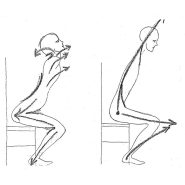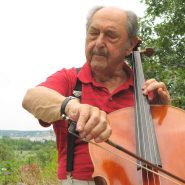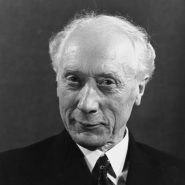Tag: Selma Gokcen
By Selma Gokcen August 1, 2016
Subjects Playing Healthy
By Selma Gokcen January 21, 2016
By Selma Gokcen September 16, 2015
Subjects Playing Healthy, Practicing
By Selma Gokcen May 19, 2015
Subjects Playing Healthy, Practicing
By Selma Gokcen February 5, 2015
Subjects Playing Healthy





